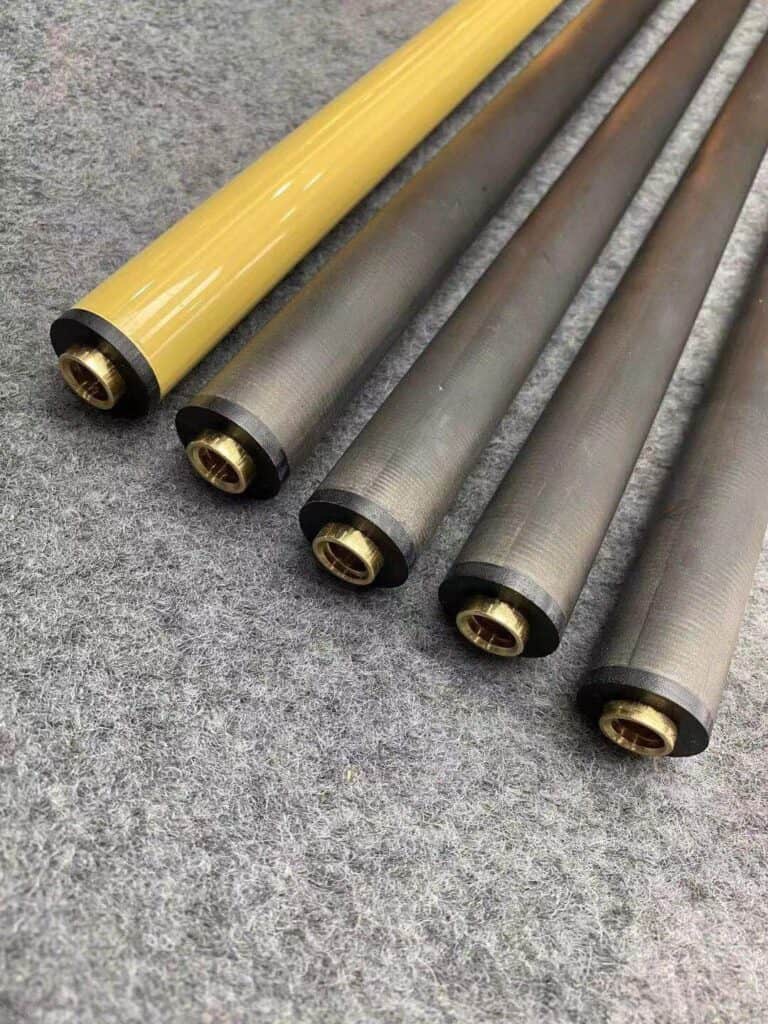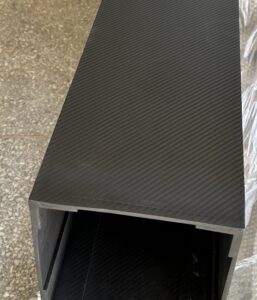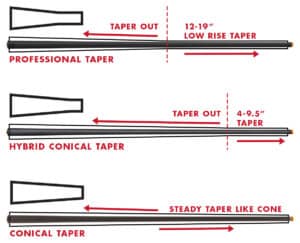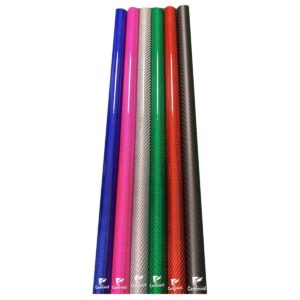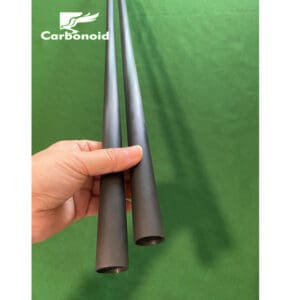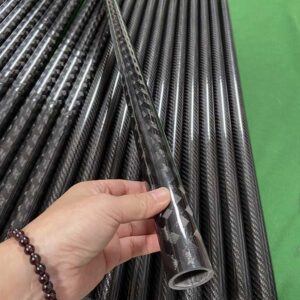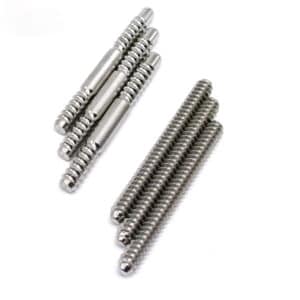Carbon fiber raw material
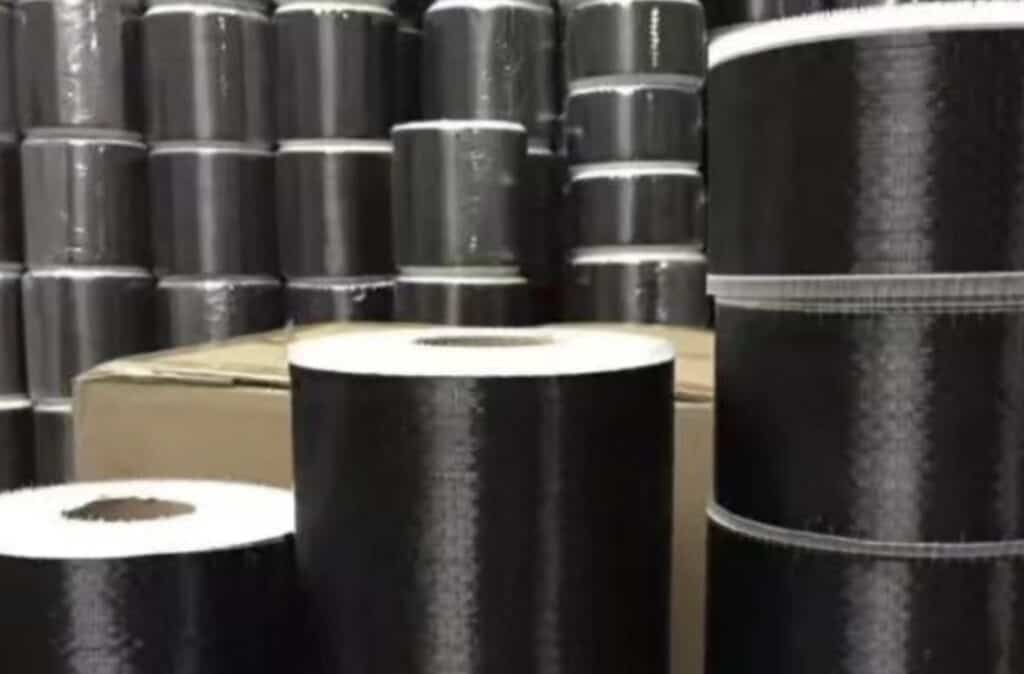
Carbon fiber includes a diameter of about 5 to 10 microns (0.00020-0.00039 inches)
and is composed of carbon atoms.
To produce carbon fiber, carbon atoms are permanently bonded together in crystals.
Thousands of carbon fibers are bundled together to create a tow, used alone or woven into a cloth.
Infiltrated into the plastic resin and baked, it’ll form a carbon fiber-reinforced polymer (usually called carbon fiber). Carbon fiber is high heat resistance.
Advantage and disadvantage
Advantages: Including high stiffness, high durability, low weight, high chemical resistance,
high-temperature tolerance, and low thermal expansion.
Disadvantage: They’re expensive compared to similar fibers, like glass or plastic fibers.
Application fields
Including aerospace, civil engineering, military, motorsports, squash, tennis, badminton racquets, sport kite spars, arrow shafts, hockey sticks, fishing rods, surfboards, swim fins, and rowing shells.
Violin bows; guitar picks, necks (carbon fiber rods),pick-guards; drum shells; bagpipe chanters; Luis and Clark’s carbon fiber cellos, violas, and violins; Blackbird Guitars’ acoustic guitars and ukuleles;
High-performance drone bodies, radio-controlled vehicles, and helicopter rotor blades.
Tripod legs, tent poles, fishing rods, billiards cues, walking sticks, window cleaning.
Restoring root canal-treated teeth. Railed train bogies for passenger service.
Laptop shells and other high-performance cases. Archery, carbon fiber arrows and bolts, stock, and rail.
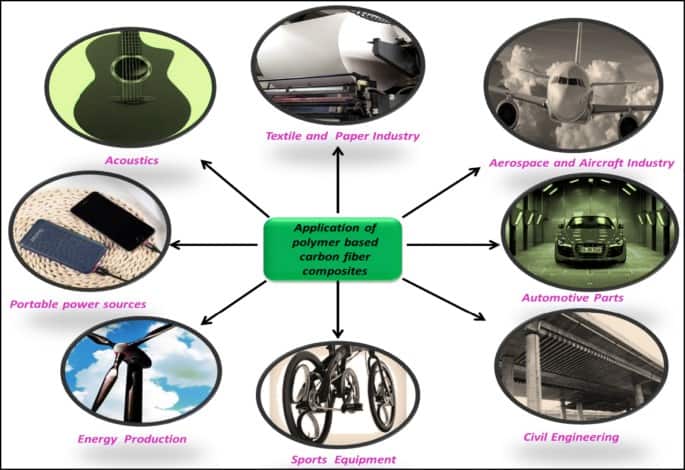
Carbon Fiber Cue Stick
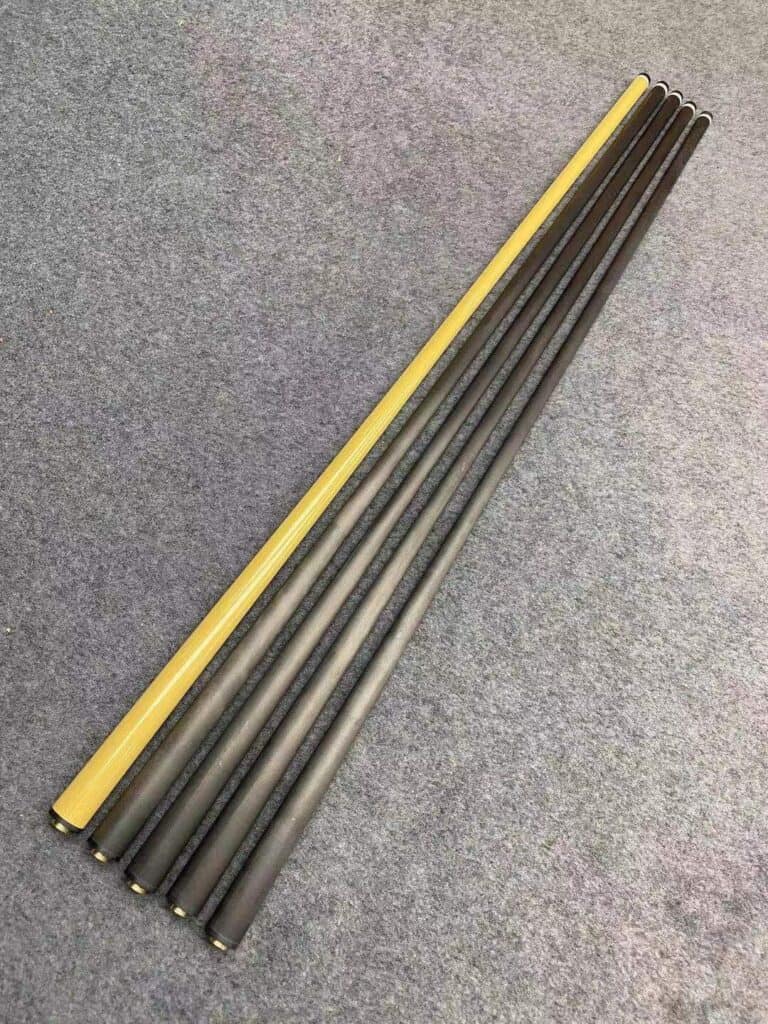
A cue stick, billiards cue, pool cue, or snooker cue is an item of sporting equipment essential to pool, snooker, and carom billiards games. It is used to strike a ball, usually the cue ball.
Cues are tapered sticks, typically about 57–59 inches (about 1.5 m) long, usually between 16 and 21 ounces (450–600 g), with professionals gravitating toward a 19-ounce (540 g) average.
Cues for carom tend toward the shorter range, though cue length is primarily a factor of player height and arm length. Most cues are made of wood, but occasionally, the wood is covered or bonded with other materials, including graphite, carbon fiber, or fiberglass.
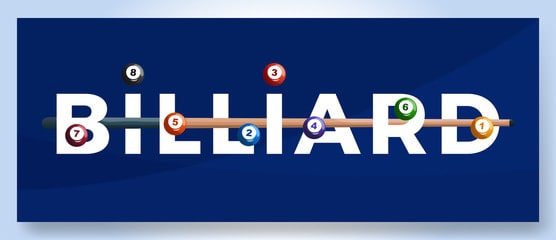
Classification of billiard cue
Pool and snooker cues average around 57–59 inches (140–150 cm) in length and three major types. The simplest type is a one-piece cue; a uniform taper decreases in diameter evenly from the end or butt to the tip.
A second type is a two-piece cue, divided in the middle for ease of transport, usually in a cue case or pouch.
Pool:
Playing 8-ball and 9-ball presents mainly as a solid or two-piece construction.
Two-piece cue for table game is sometimes made of hard or Acer saccharum,
with fiberglass or phenoplast ferrule, 0.75 to 1 inch (19 to 25 mm) long, and steel joint collars and pin.
Pool cues average around 59 inches (150 cm) long, are commonly available in 17–21 ounces (0.48–0.60 kg) weights, with 19 ounces (0.54 kg) being the most common, and usually have a tip diameter in the range of 12 to 14 mm.
Conical or Pro-taper tubes have produced lots of shafts and butts.
Carom:
It has a shorter ferrule, a thicker butt and joint, a wooden joint pin (ideally), a collarless wood-to-wood joint, a conical taper, and a smaller tip diameter.
Typical dimensions are 54–56 inches (140–140 cm) long, 16.5–18.5 ounces (0.47–0.52 kg) in weight, with an 11–12 mm diameter tip. The specialization makes the cue stiffer for handling the heavier billiard balls and acting to reduce deflection.79, 241, The wood used in carom cues can vary widely, and most quality carom cues are handmade.
Snooker:
The best snooker cues are standard pool cue sticks.
It’s at 57–58 inches (140–150 cm). It has detachable butt extensions for making the cue 6 inches (15 cm) longer or more.
This necessitates an extra-long cue case.
Snooker cue tips are usually 8.5 – 10.5 mm in diameter
Snooker cue weights vary between 16 and 18 oz.
A lighter cue is usually for beginners to develop the correct technique,
some professional snooker players use softer cues (15 – 16 1/2 oz.).
The balance point of a cue is usually 16 to 18 inches from the butt end.
Components of billiard cues

Shafts:
Shafts are made with various tapers, the most common being the pro taper and the European taper. The pro taper has the same diameter from the tip to 30–35 cm (12–14 inches) toward the joint, at which point it begins to widen.
The European taper widens continually and smoothly from the ferrule toward the joint. Shaft diameters typically range from 12 mm to 13 mm. While this is a small range, shaft sizes increase by 1/4 mm because even 1/4 mm can significantly affect hand comfort when playing.
The most crucial factor to consider when choosing your pool cue shaft diameter as a new player is your hand size.
Tip:
The tip end of the cue will vary in diameter but is typically in the 9 to 14-millimeter range, with 12–13 mm for pool cues and 9–10 mm for Snooker cues being the most common.
Ferrule:
The end of the shaft has a cuff known as the ferrule, which is used to hold the cue tip in place and bear the brunt of the impact with the cue ball so that the less resilient shaft wood does not split.
Ferrules are no longer made of ivory but are now made of carbon fiber or plastic such as melamine resin or phenolic resin, extremely durable, high-impact materials resistant to cracking, chipping, and breaking. Brass ferrules are sometimes used, especially for snooker cues.
Joint:
A screw rising from the butt end’s joint (male) is threaded into a receptacle on the shaft (female), or vice versa. The joints are made of various materials, most frequently a plastic, brass, stainless steel, or wood outer layer, but some custom cues are made of bone, antlers, or other more expensive materials that are less common but serve the same effect.
Most snooker cues have brass-to-brass joints. The internal male and female connection points are almost always brass or steel because they respond less to temperature change and thus expand and contract less than other materials, preserving the life of the cue.
Traditional designs employ a fully threaded connection, while newer versions (marketed under such names as Uni-loc, Accu-loc, Speed-loc, and Tru-loc)employ half-threaded “quick pin release” connections that allow players to assemble and disassemble their cues faster.
Butt:
The bulk of the weight of the cue is usually distributed in the cue butt portion. Whether the weight is 16 oz. or 22 oz., the weight change is mainly in the butt (usually in the core, under the wrap). Butts have varying constructions, from three-piece to one-piece, and other custom versions that people have developed. These translate into different “feels” because of the distribution of weight and the balance point of the cue.
Players want the balance point of a cue near the top end of the wrap or around 7 inches from where they grip the butt. Some brands and most custom cue makers offer weights, usually metal discs of 1 to 2 ounces, at one or more places to adjust the balance and total weight and feel of the cue.
Bumper:
The final part of the cue is the bumper, made of rubber (pool) or leather (snooker). Though often considered less important than other parts of a cue, this part is essential for protecting a cue.
The bumper protects the cue when it rests on the ground or accidentally hits a wall, table, etc. Without the bumper, such impacts might crack the butt over an extended period of time. Though small, the bumper also adds some weight to the end of the cue, preserving a balance that also impacts the feel of a cue.
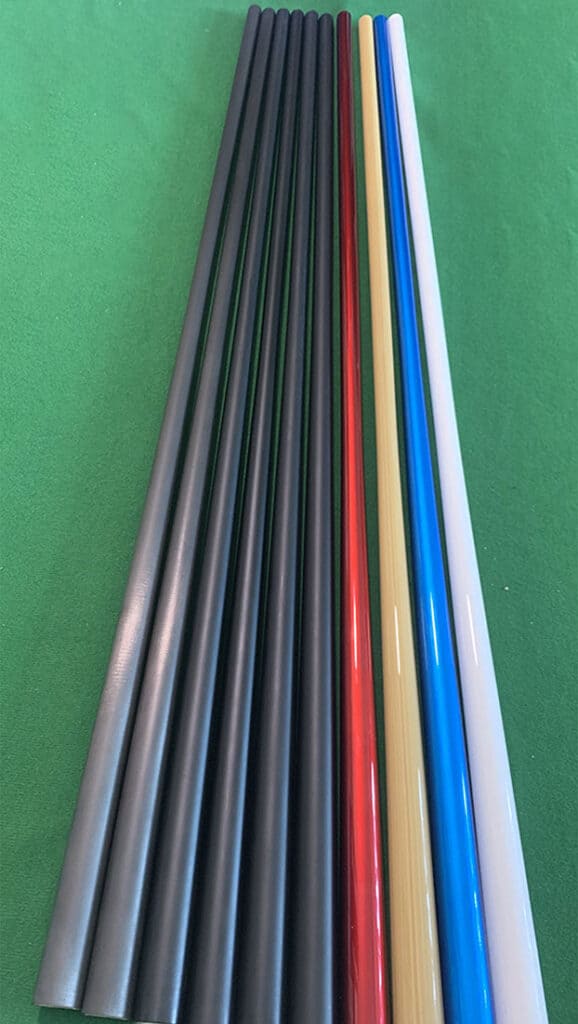
Best Low-Deflection Pro-taper
Carbon Fiber Shafts Blanks:
-for Playing cues & Break cue
A): Material: Carbon Fiber
B): Length: 29inch or 30inch(Custom Size according to your requirements, Stocking 30inch)
C):Color: White, Black Matte or Natural carbon color or Wood Color
D):Taper: pro-taper
E):Size:11.5mm,11.8mm,12mm,12.4mm,
12.6mm,12.8nm and 13mm (top diameter) and 21.5 mm (bottom diameter)
F): Wall thickness: 1.0mm
G): The tolerance size:+/-0.2mm
Please contact us or communicate with us via Facebook if you are interested. Thank You.

